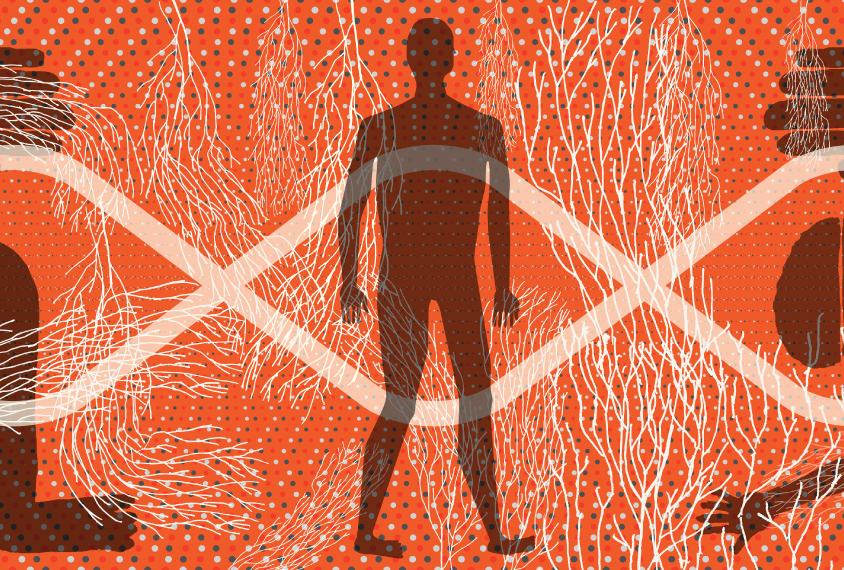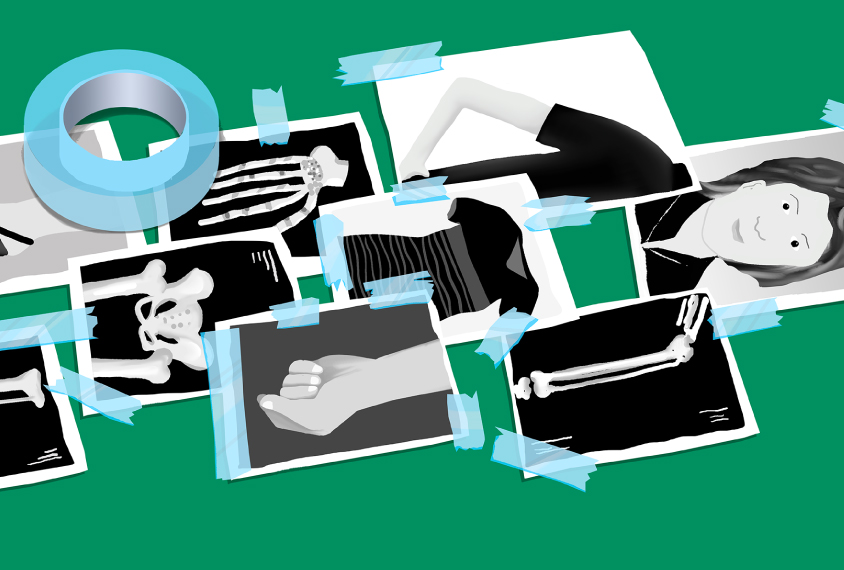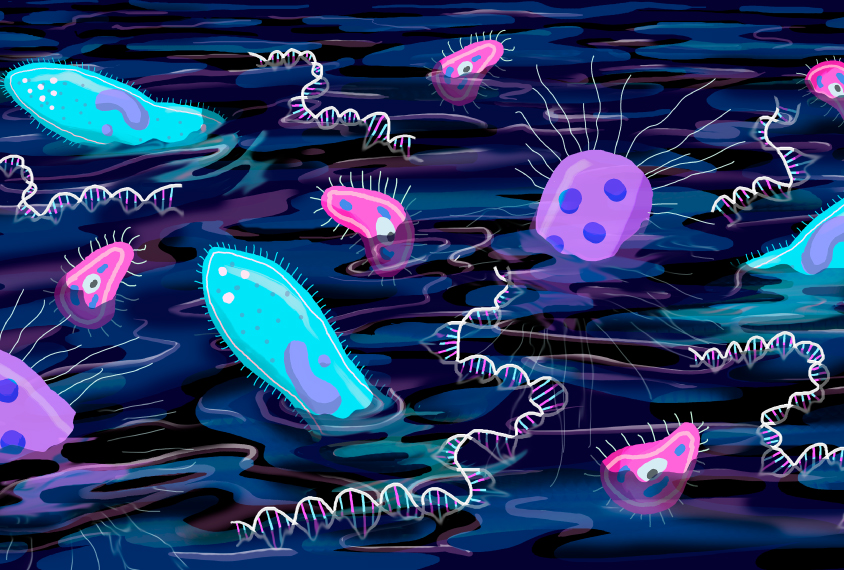Emily Casanova is research assistant professor of biomedical sciences at the University of South Carolina School of Medicine Greenville.

Emily Casanova
Research assistant professor
University of South Carolina
From this contributor
How the autonomic nervous system may govern anxiety in autism
The branch of the nervous system that regulates subconscious bodily processes such as breathing and digestion may play a key role in autism.

How the autonomic nervous system may govern anxiety in autism
What Ehlers-Danlos syndrome can teach us about autism
Not much is known about the connection between autism and Ehlers-Danlos syndrome, a condition that affects collagen. But preliminary work provides tantalizing clues.

What Ehlers-Danlos syndrome can teach us about autism
Evolution of autism genes hints at their fundamental roles in body
Genes associated with autism are ancient, and mutations in them have wide-ranging effects on the body, indicating their importance.

Evolution of autism genes hints at their fundamental roles in body
Explore more from The Transmitter
What is the future of organoid and assembloid regulation?
Four experts weigh in on how to establish ethical guardrails for research on the 3D neuron clusters as these models become ever more complex.

What is the future of organoid and assembloid regulation?
Four experts weigh in on how to establish ethical guardrails for research on the 3D neuron clusters as these models become ever more complex.
Insights on suicidality and autism; and more
Here is a roundup of autism-related news and research spotted around the web for the week of 8 December.

Insights on suicidality and autism; and more
Here is a roundup of autism-related news and research spotted around the web for the week of 8 December.
Exclusive: Springer Nature retracts, removes nearly 40 publications that trained neural networks on ‘bonkers’ dataset
The dataset contains images of children’s faces downloaded from websites about autism, which sparked concerns at Springer Nature about consent and reliability.

Exclusive: Springer Nature retracts, removes nearly 40 publications that trained neural networks on ‘bonkers’ dataset
The dataset contains images of children’s faces downloaded from websites about autism, which sparked concerns at Springer Nature about consent and reliability.